In the 15 years that I've been writing about automotive history as viewed through the lens of the car graveyard, the oldest vehicles I've documented were two 1941 Plymouth Special Deluxe sedans (one of which I ended up buying). Oh, sure, I've photographed even older discarded machines, but 1941 was as far back as I had ventured for single-car-specific junkyard features. As of today, though, I've gone four more years into the junkyard past, with an 85-year-old Hudson that showed up in a Denver-area yard a few months ago.

Naturally, I photographed this much-modified Terraplane with one of my many old film cameras, though it was a late-1980s-vintage Ansco rather than one of the New York camera company's products more appropriate to the middle 1930s. Perhaps the 1910 Ansco Dollar or the 1927 Ansco Memo would have been better.

Hudson did make pickups during the 1930s, many of which were sold under the Essex brand, but this truck clearly began life as a regular Terraplane sedan. Someone hacked off the rear body, then grafted on a pickup-cab rear window panel and bent roof sheetmetal down over it to create a not-so-weathertight seal.
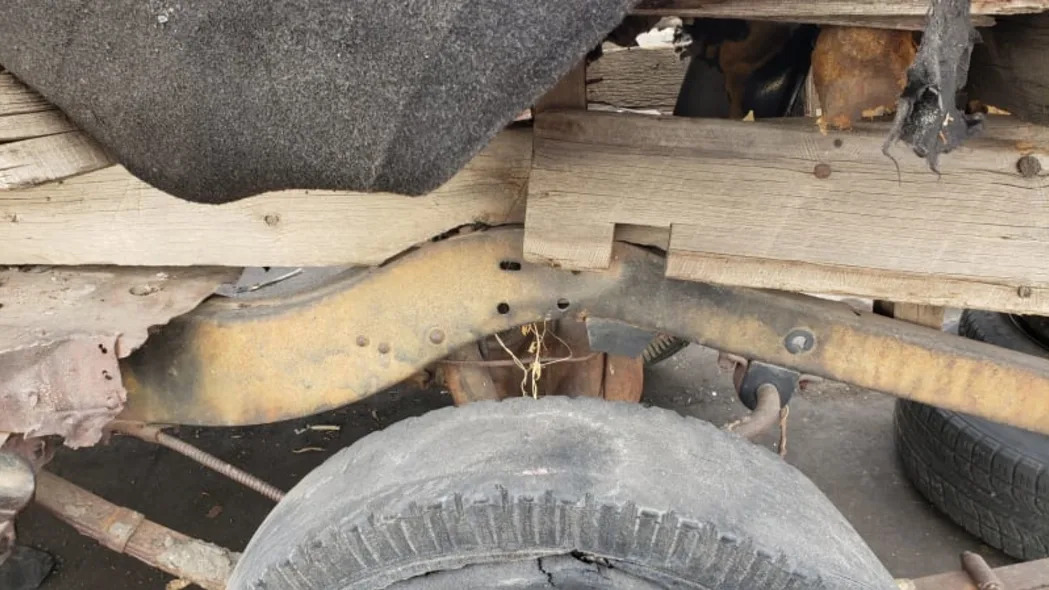
There is some not-so-precision lumber work added to make a flatbed.
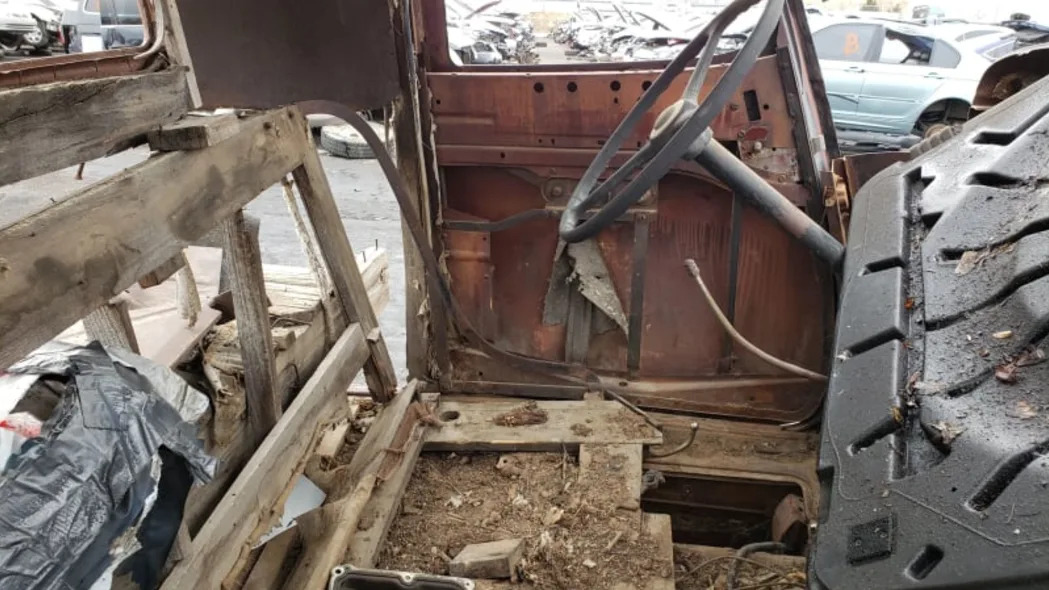
It appears that some sort of wooden structure was added to the rear of the cab, though many decades of exposure to the elements have rotted much of the wood to nothingness.
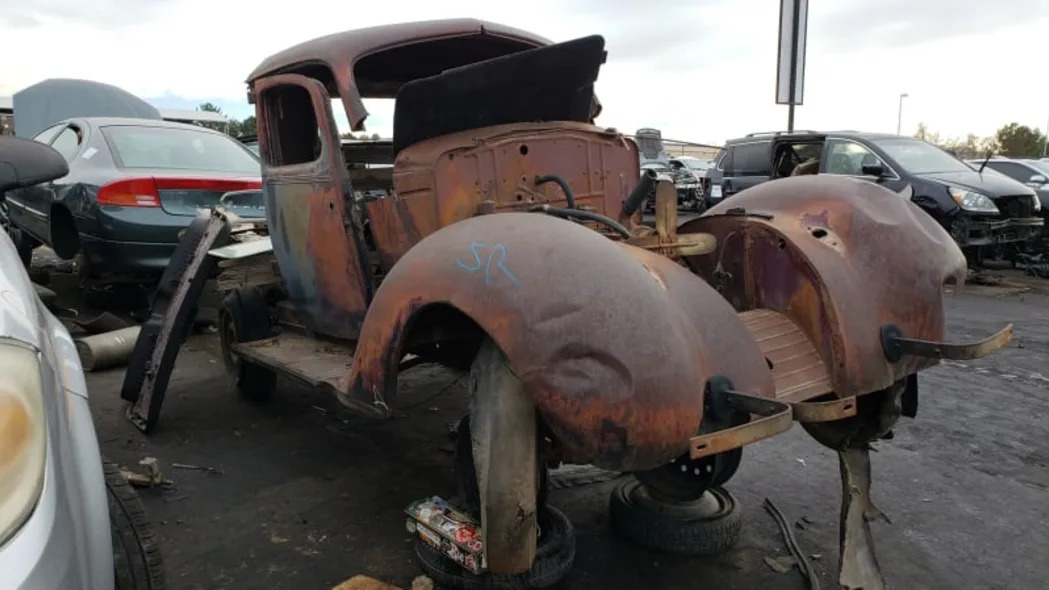
If I had to guess, I'd say that someone did the truck conversion during World War II, perhaps after the car picked up some damage to its rear body. Trucks got better gasoline rations than cars during the war, a big incentive to break out the torches and saws.

These ancient tires look to be of 1930s-1940s vintage, and they're hard as cement after sitting in some Colorado field for what I'm guessing was at least the past 75 years.
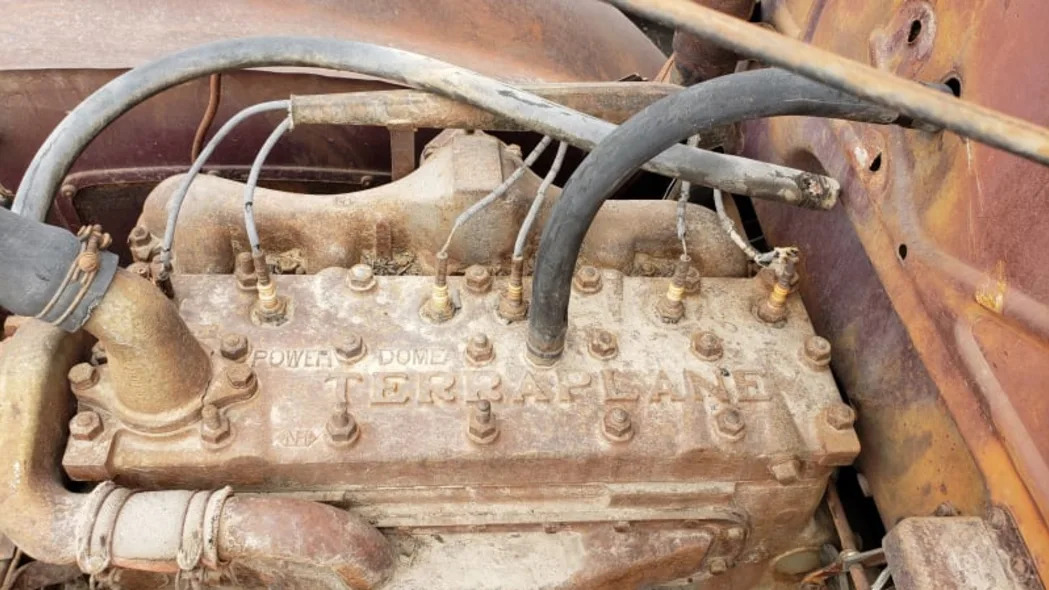
The original engine and transmission were still present. This is a 212-cubic-inch (3.5-liter) flathead straight-six. The flathead six-cylinder was the most commonplace engine type used in American-made cars from the late 1930s through the early 1950s, and you could still buy flathead-equipped new cars here as late as the 1964 model year (some Dodge trucks made for military use kept Chrysler flatheads into the early 1970s).

The regular '37 Terraplane engine made 101 horsepower, but this car got the optional Power Dome and its 107 horses.
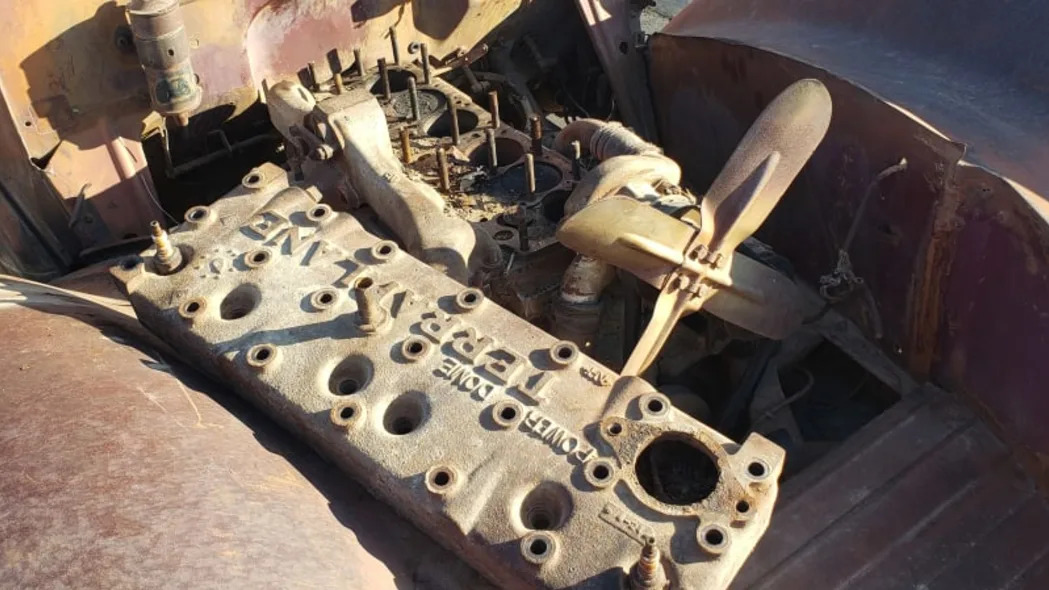
This cylinder head looked so cool that I had no choice but to remove it, buy it, and hang it on my garage wall. Let's just say that I learned that sun-baked 75-year-old rodent poop makes a very effective adhesive. I was able to convince the Pick Your Part cashiers that this kind of cylinder head — which is just a slab of iron with spark plug holes and water passages — is as much valve cover as head, so they split the difference on the valve cover/cylinder head prices.
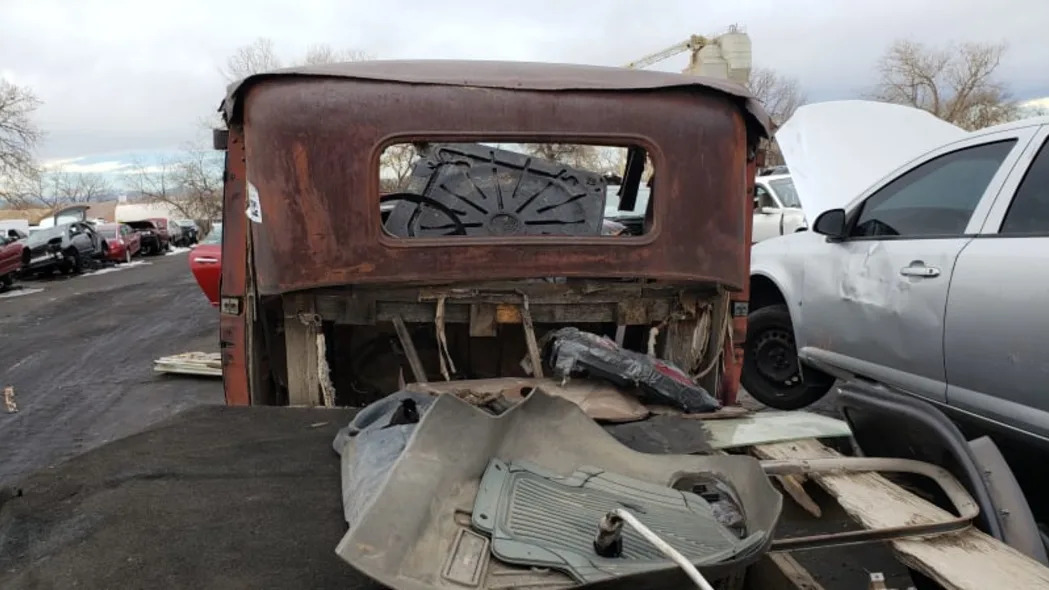
The Hudson Motor Company stuck around until 1954, when it merged with Nash to create the American Motors Corporation. Hudson-badged vehicles were built through 1957, after which AMC went all-in on the Rambler brand. You could think of this car truck as the corporate ancestor of the Eagle Premier, which provided a bit of the DNA that still lives on in the current Charger and Challenger. You see, not so many degrees of separation lie between a '37 Hudson and cars you can buy new right now!
The Terraplane name is best-remembered today due to Robert Johnson's profoundly influential 1936 song, "Terraplane Blues."
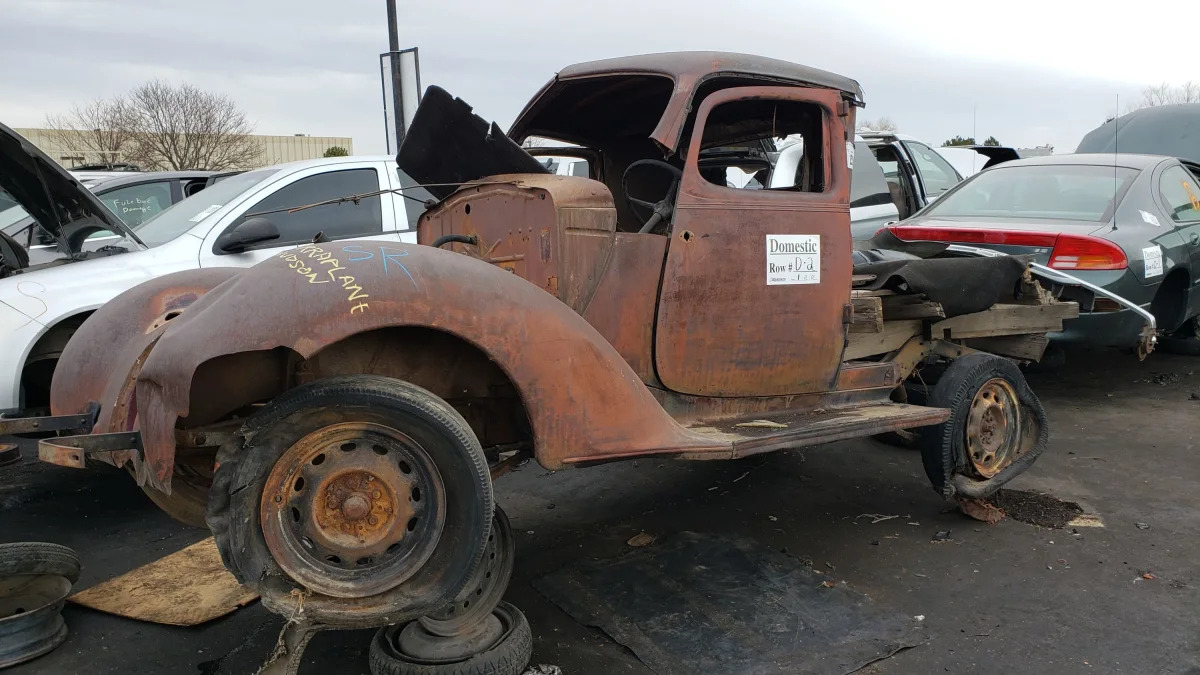









Sign in to post
Please sign in to leave a comment.
Continue